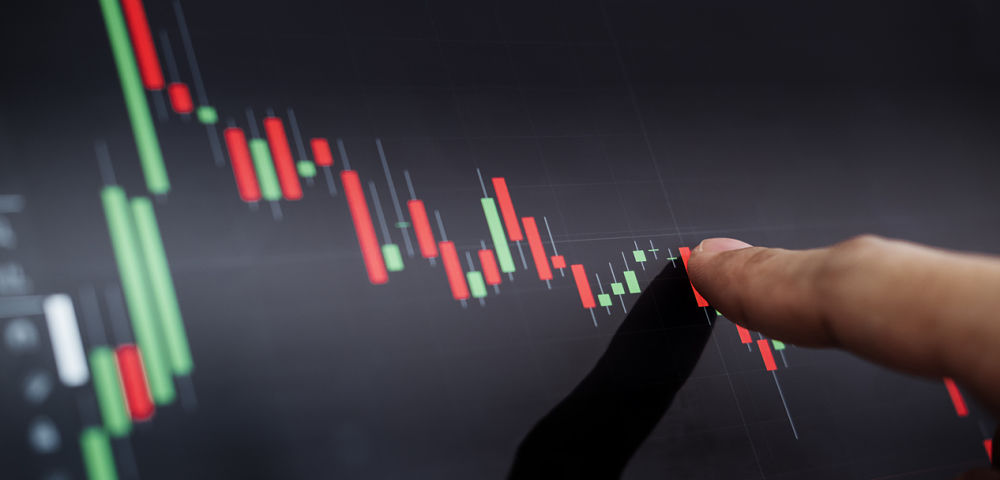Don’t Trade Stocks Before You Understand These Technical Indicators
Generally speaking, technical indicators are mostly used in stock trading and on the forex market but they can be applied pretty much anywhere and on any instrument. In this particular case, we’ll discuss the most important technical indicators for stock traders.
In order for you to perform a technical analysis on a stock, you need access to a detailed charting tool. There are a ton of different tools that you can use, and we suggest you find a broker that offers tools and graphs that you feel comfortable with. eToro is a broker with charting opportunities that are suited for beginners and professionals alike.
Relative Strength Index (RSI)
RSI is one of the most commonly used indicators in a technical analysis. In most cases, it’s used to evaluate a stock over a 14 day period but the time frame can be adjusted to fit your needs. The goal is to identify, measure, and study overbought and oversold conditions for a specific security. An RSI ranges from 0 (oversold) to 100 (overbought), and it can provide a good indication of how a security is performing.
Aroon
Aroon is an indicator used to evaluate trends within a security. The idea is to use Aroon for identifying whether a security is trending upwards or downwards in an attempt to profit from the momentum. Aroon can also be used to measure just how big a trend is and whether it just started or is about to end. Naturally, this can help any trader find great opportunities.
Moving Average Convergence/Divergence (MACD)
The MACD indicator is one of the most useful indicators to use in a technical analysis. The idea is to evaluate a security’s momentum by comparing two moving averages, and it helps traders compare the long-term and short-term potential of a stock. A positive MACD indicates that the stock is in an upwards momentum, thus increasing in value, while a negative MACD suggests the opposite.
On-Balance Value (OBV)
This indicator is used to understand changes in volume over time. Compared to many other indicators it’s easier to calculate and understand, but it doesn’t provide as much detailed information. To calculate the OBV of a security, you compare a security’s price during a trading period to another trading period and then assign the security a positive or negative OBV. If the price increased, the OBV gets a positive value and if the price decreased it gets a negative value.
Average Directional Index (ADX)
ADX is used to measure the strength of an ongoing trend to evaluate the potential of a possible investment. However, the ADX cannot be used to determine the direction of a trend which means it’s usually used in combination with other indicators. An ADX comes in two versions called a +DI (positive directional index) measuring an upward trend and a -DI (negative directional index) measuring a downward trend.
In the world of technical analysis of stocks there are hundreds of indicators that one can make use of and to maximize your potential we encourage you to learn as many as you can and need.If you’re just getting started as a stock trader, we suggest you get started with the five indicators mentioned above because they are considered efficient as well as easy to learn. After you’ve mastered them, you can move on to learning about other indicators and oscillators.Also, remember that most indicators aren’t good enough to use on their own and to perform a detailed technical analysis you have to calculate, evaluate, and measure several indicators. Only then will you get a good and comprehensive idea of how a security is likely to move.




